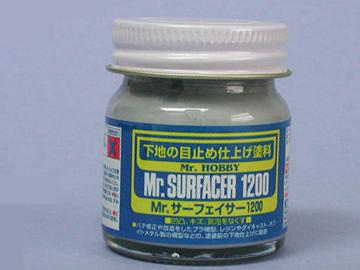
A bit of something different for this blog post.
A common topic on many hobby forums and something I always find pretty interesting is that of hobby spaces and hobby rooms. The little (or sometimes large!) sanctuaries we all have where we work away at what we love.
When I lived with my parents and family I never had a permanent hobby space that I could set up and leave projects for "hobby fermentation" (the creative kind, not the smelly, foosty kind!). I always looked on at threads where forumers posted their glorious hobby spaces with envy, aspiring to one day have my own full time space for modelling and painting.
Now that I'm older and have my own place with my long-suffering girlfriend, for the last 2 years I finally have a hobby place to call my own and here's some pics to prove it! (and because I don't think I've shared "my setup" before here):

My desk, complete with paint ranks (could use a couple more to be fair!), hobby mat, spray booth, manequins, lamps (with day light bulbs), a pretty view along the river and plenty of drawers and storage for bits and pieces!

A rather empty miniatures cabinet - because everyone needs somewhere to keep their work and still be able to see it for inspiration and to measure progress agaisnt.

The drawers beneath my desk, full of all manner of hobby tools and materials, along with the numerous boxes of models and parts that have started to accumulate here.

Finally, the model cupboard (well, one side of!), each white drawer is full of boxes or sprues of miniatures (because you can never have too many...!).
Thanks to the Royal Wedding tomorrow, I'll have a rare opportunity to spend some extra time in here working on some of the recent projects I've shared so hopefully I'll have something to show from these over the weekend.




